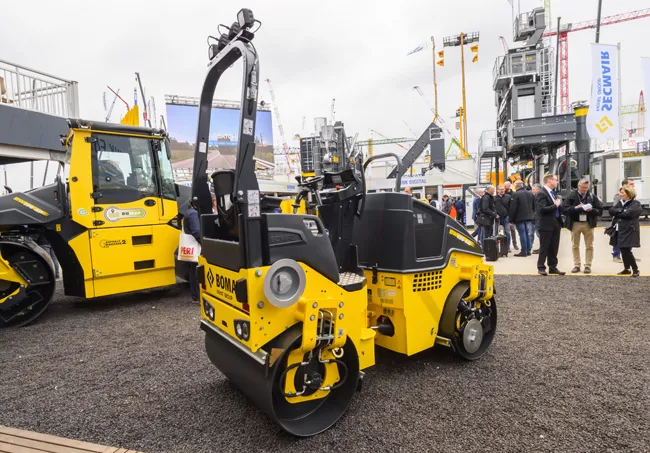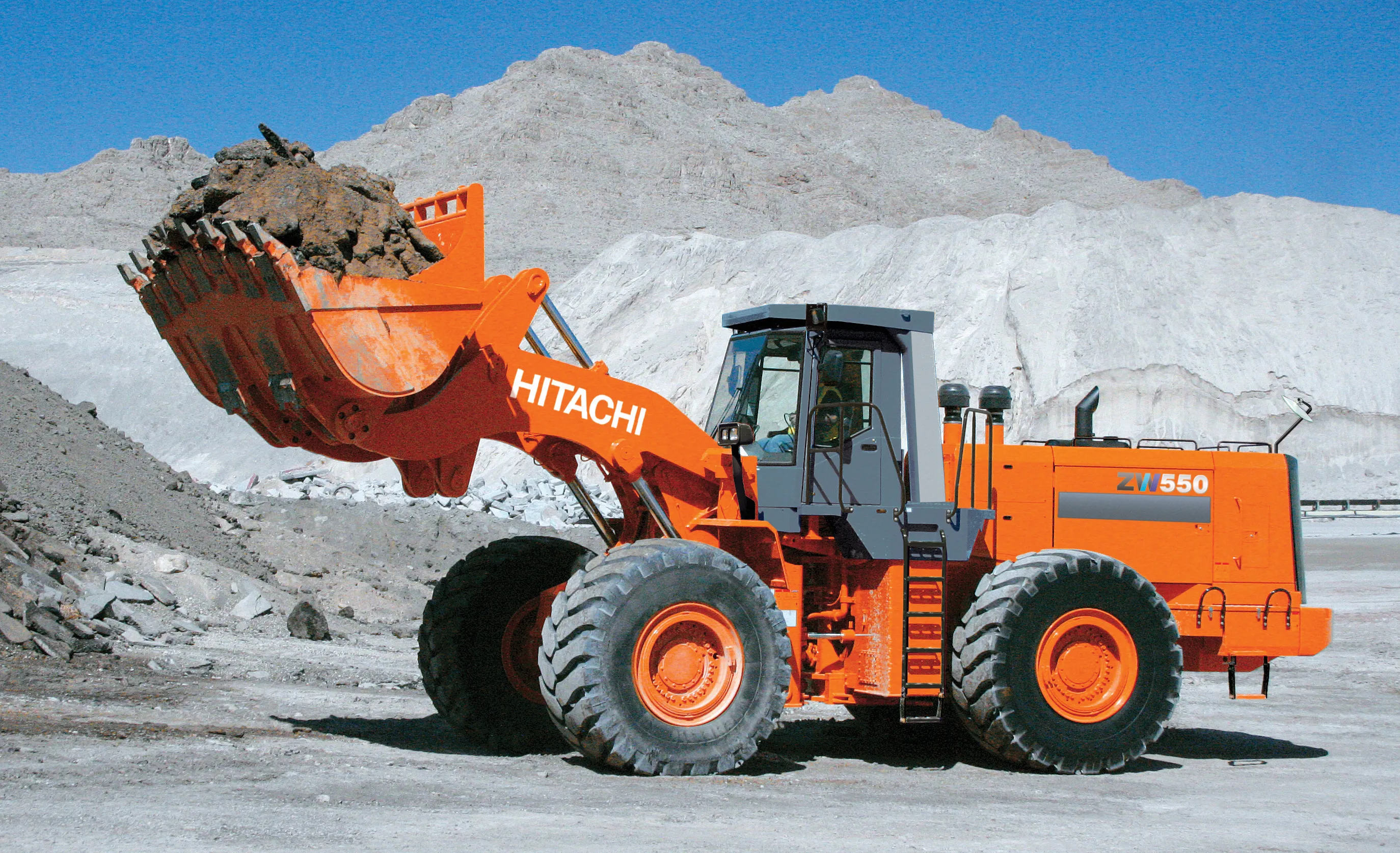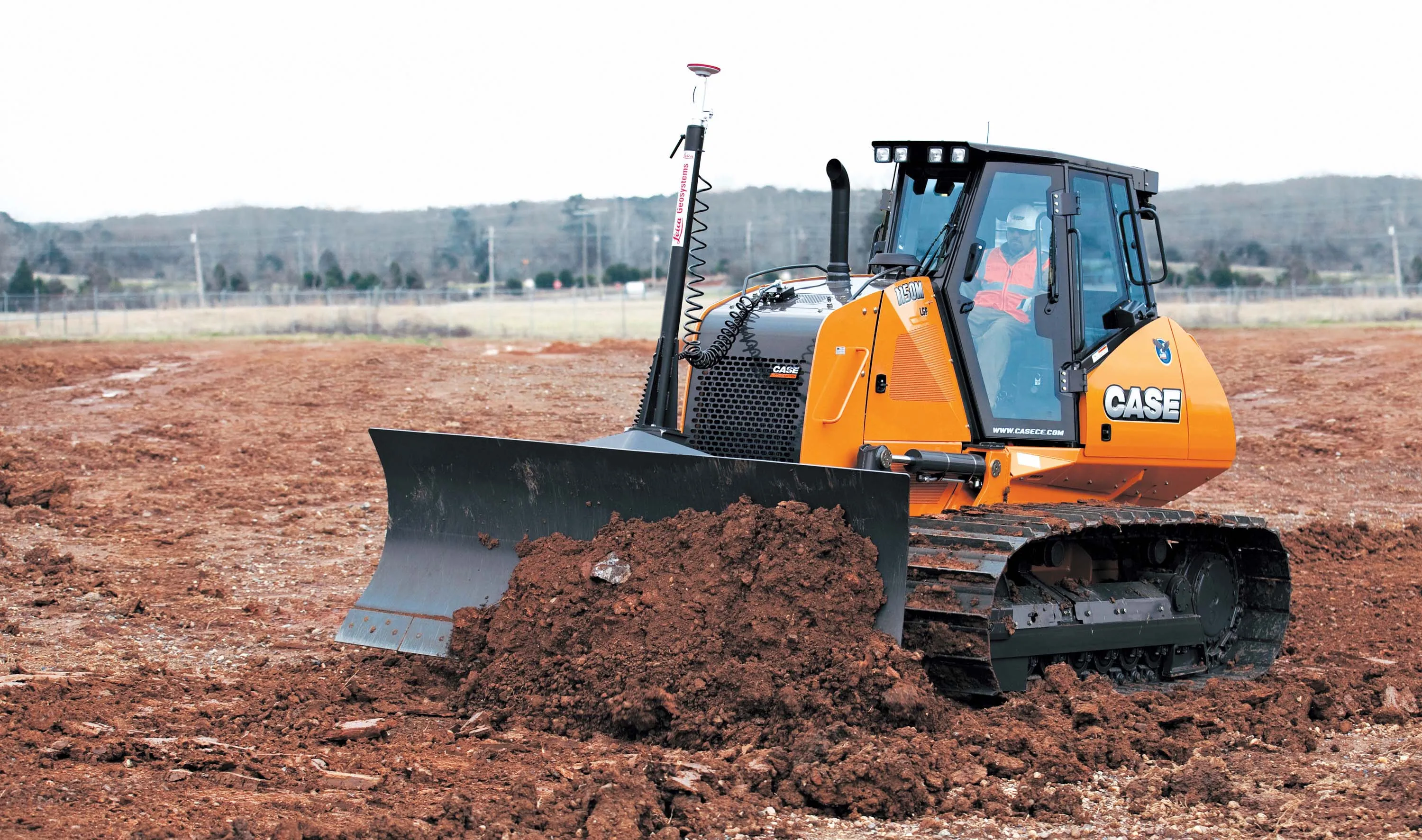Pavement engineering specialist Dynatest has improved its best-selling falling weight deflectometer, allowing it to not just collect more data, but collect it faster.
The Danish company said its FastFWD8002, which was unveiled at the Transportation Research Board annual meeting in Washington in January, is five times faster than the previous model.
The FastFWD8002 collects 75% more test points per hour, meaning it can have around 45% less traffic exposure. The previous unit is upgradeable to FastFWD80
April 28, 2015
Read time: 2 mins

Pavement engineering specialist 2597 Dynatest has improved its best-selling falling weight deflectometer, allowing it to not just collect more data, but collect it faster.
The Danish company said its FastFWD8002, which was unveiled at the2774 Transportation Research Board annual meeting in Washington in January, is five times faster than the previous model.
The FastFWD8002 collects 75% more test points per hour, meaning it can have around 45% less traffic exposure. The previous unit is upgradeable to FastFWD8002 specification.
The FastFWD8002, which does not use hydraulics, has the same sensor setup and user interface as the FWD model and so no major training of operators is needed. It is available as a trailer or a truck-mounted version meeting all FWD standards worldwide.
The deflectometer applies a dynamic load that simulates the loading of a moving wheel. The pavement response is analysed with Dynatest's ELMOD (Evaluation of Layer Moduli and Overlay Design) software to determine the elastic moduli, stresses and strains of each modelled layer. ELMOD reports the weakest layer of failure, residual life, and determines the optimum rehabilitation alternatives.
The Danish company said its FastFWD8002, which was unveiled at the
The FastFWD8002 collects 75% more test points per hour, meaning it can have around 45% less traffic exposure. The previous unit is upgradeable to FastFWD8002 specification.
The FastFWD8002, which does not use hydraulics, has the same sensor setup and user interface as the FWD model and so no major training of operators is needed. It is available as a trailer or a truck-mounted version meeting all FWD standards worldwide.
The deflectometer applies a dynamic load that simulates the loading of a moving wheel. The pavement response is analysed with Dynatest's ELMOD (Evaluation of Layer Moduli and Overlay Design) software to determine the elastic moduli, stresses and strains of each modelled layer. ELMOD reports the weakest layer of failure, residual life, and determines the optimum rehabilitation alternatives.









